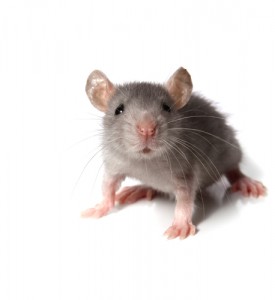Microbiology of the Built Environment research these recent years have explored how humans are a source of microbes and microbial products indoors. To further study the effect of human occupancy on the biological aerosols of indoor space, our research group at Berkeley decided to move from observation studies to controlled experiments to isolate – and quantify – this …
My name is Katie Dahlhausen and I am A PhD student in Jonathan’s lab. I am crowd-funding a project to study this fascinating koala biology, as well as investigate alternative infectious disease treatment where antibiotics are not a viable option. Want to help out these adorable critters? You can support the Indiegogo campaign here, which …
It’s World Oceans Day, so I have included a couple of papers today about the anthropogenic influence on marine microbes. Other recent papers cover microbes in school dust, metabolites in houses with moisture damage, dental units, rust, and arsenic removal filters. Suggested song to play while reading this post: Jack Johnson — Only The Ocean Book …
A really interesting study from Rogawansamy et al explores the effectiveness of various anti-fungals on two common household fungal contaminants. They used a classic inhibitory disk assay, commonly used to test antibiotic efficacy and resistance. They tested Cavicide, Virkon, 70% ethanol, vinegar, and tea tree oil and found that the tea tree oil was most effective on both …
New “Built Environment” papers that came out in the last couple of days, covering microbes in indoor air, flooded areas in Thailand, and on money bills. Chamber Bioaerosol Study: Outdoor Air and Human Occupants as Sources of Indoor Airborne Microbes – Rachel I. Adams – PLOS ONE ..we used DNA sequencing of filter samples to assess the …
A recent study from Su et al tests the effects of ultraviolet germicidal irradiation (UVGI) on the amount of culturable airborne bacteria in elementary school classrooms. As expected, they found lower concentrations of these bacteria with UVGI treatment. Only the first page of the paper is available, unfortunately, so perhaps this is already addressed, but it …
As the oldest daughter of 3rd generation HVAC/plumbing/electrical small business owners, I held my share of flashlights on service calls and even wrapped ductwork one summer. I loved fiddling and building with the different tools, left-over bits of copper tubing, and other miscellaneous tidbits from jobs. But my heart was more into asking questions about living …
Household air microbial community resembles that of household surface and occupant’s skin? Maybe, maybe not… By Marcus Leung (Twitter @leungmarcus) Indoor microbial communities, such as those found in indoor air and indoor surfaces, have been shown to be closely connected to microbial assemblages on humans. Also, re-suspension of house dust from surfaces following routine residential …
There are few constants in this world. One exception, however, is the passing of day to night, which has gone on without fail since life first emerged on Earth. Early life quickly learned to anticipate changes associated with light and dark. This ability to tell time – to peer into the immediate future – was …
A 2015 paper from Casas et al (unfortunately no longer open access) investigated the effect of bleach on respiratory infections in young school-children. They analyzed information from Spain, the Netherlands, and Finland. Spain had the most instance of bleach use, which corresponded with a higher respiratory and related infections. On the other end of the spectrum, Finland …


